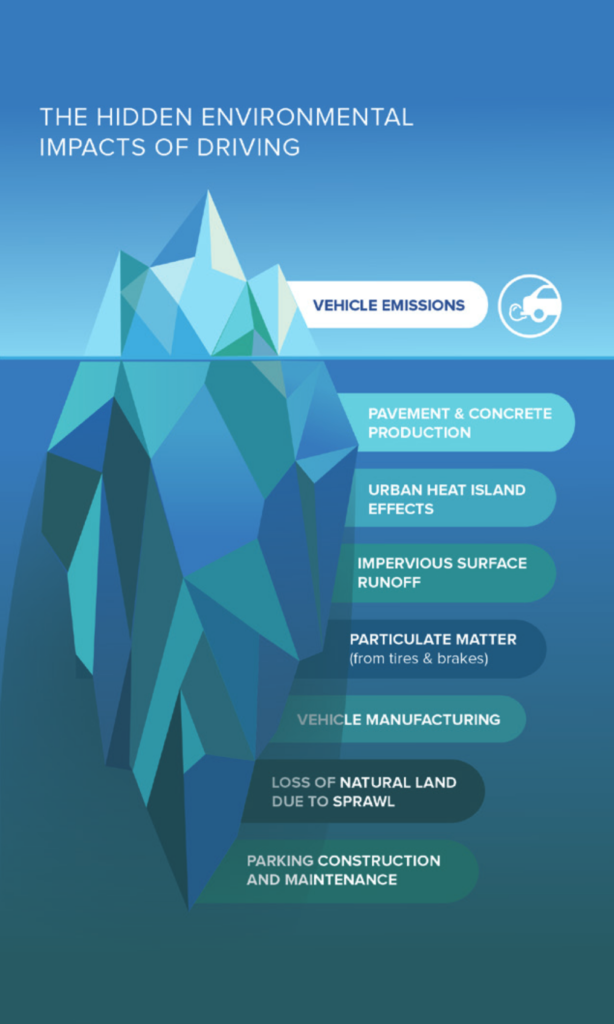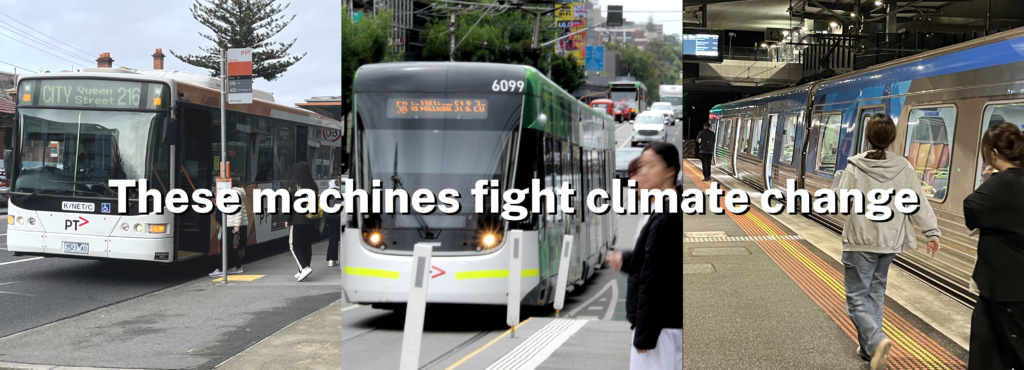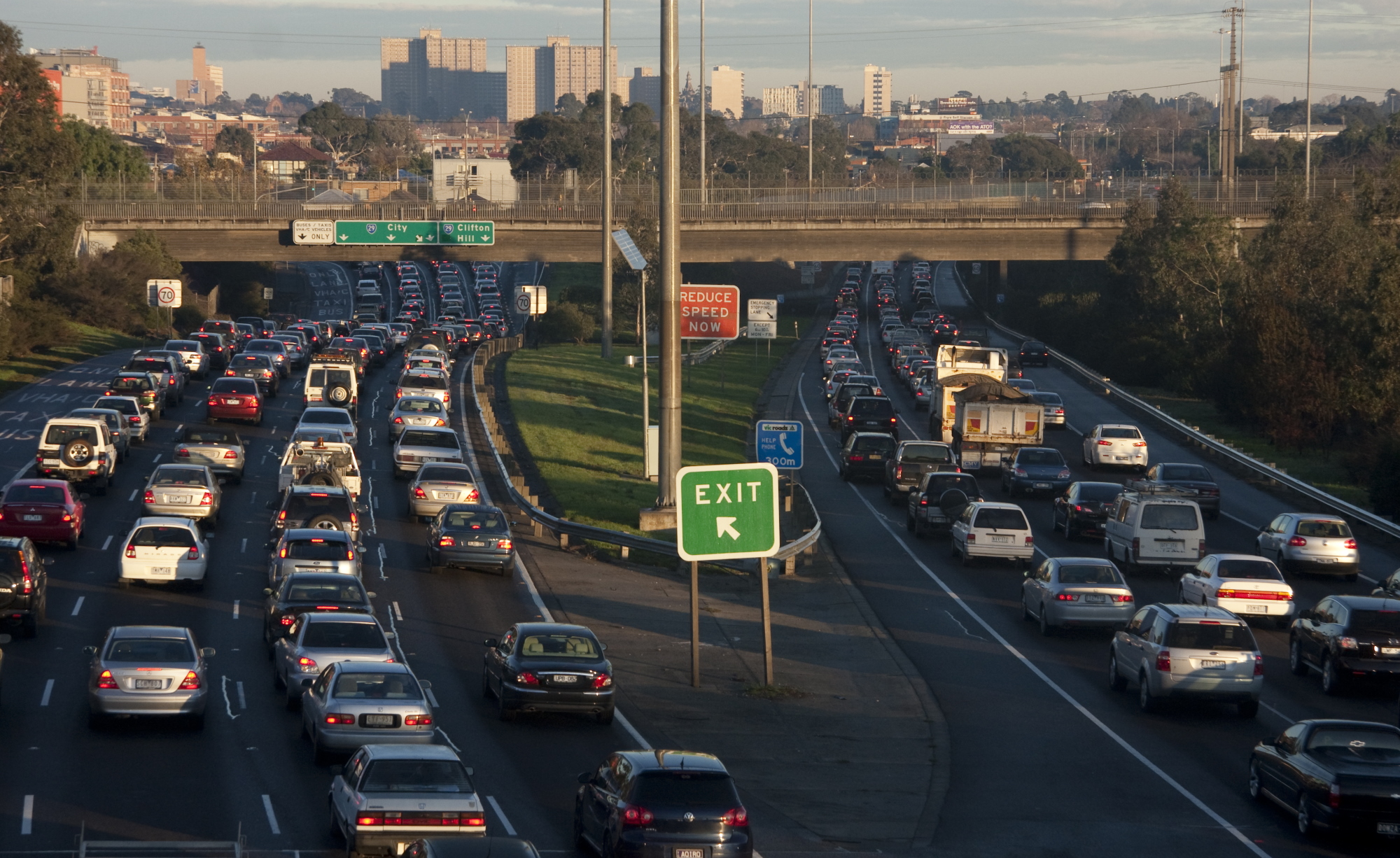Saul Griffith’s recent Quarterly Essay “The Wires That Bind” outlined an ambitious programme for renewable electrification to stem dangerous climate change, driven by local community action and without reliance on unproven technologies.
It also makes clear how massive is the challenge posed by the energy transition, with millions of individual machines having to ultimately be replaced—and at least some before the end of their life cycle. Cars and trucks are among the most significant of these.
Griffith makes a strong case that success will follow from an optimistic approach that stresses opportunity rather than sacrifice, particularly in the face of massive potential operating cost savings. With much of the changeover work being done within local communities, the transition is likely to make us overall more prosperous and self-reliant.
At the same time, we can’t afford to look away from the sheer scale of the work required. If the massive effort is not to entail massive sacrifice, it’s important we make that effort no greater than it needs to be. A square metre of solar PV gets cheaper all the time, but still generates in round figures 1kWh of daily electricity that can be used precisely once. It can charge an electric car to drive more or less 5km, or produce about 100 litres of hot water from a heat pump, or run an air-conditioner for an hour, or be sent out to the grid to help run an office or an industrial process. But each one requires another square metre of panels apiece.
The real enemy is not cost or material or ingenuity, but time. Griffith reminds us that “the future is coming fast”. The live question is now not what we do to limit climate damage, but how quickly we can do it to avoid ever-worsening consequences. Every bit of delay to the transition now means more overshoot of the 1.5 degree target, more dead coral reefs and worse droughts, floods and fires afflicting future generations.
The already impressive rate of renewable electricity development needs to accelerate further to meet the Albanese Government target of 82% by 2030. Full electrification of households and transport—in the absence of other measures—means we’d have to more than double the rate. Not outlandish, but certainly daunting.
This is why, notwithstanding the promise of cheap renewables, one can’t overstress the importance of good old-fashioned energy efficiency and ‘negawatts’ alongside raw electrification. Whether global temperatures peak at 1.5 or 1.8 or 2 degrees of warming will turn on how fast and far we can reduce the energy intensity of our modern conveniences, on top of the gain from substituting a better energy source.
Transport is by far the largest consumer of energy at the household level. It’s not without a silver lining: Griffith’s essay draws on PTUA calculations to reveal that the best electric cars on the market can now reduce their energy use to levels approaching our conservative estimates for moderately-patronised public transport. All the same, there is a substantial gap—around 2:1—between energy consumption per passenger in electric cars and on PT if one takes ‘best case’ figures for both, or ‘average case’ for both, to compare apples with apples.
Griffith also usefully reminds us that electric vehicles, unlike their IC equivalents, actually perform more efficiently at 40km/h than at higher speeds. This lends weight to current campaigns for lower speed limits in urban areas, to make our streets safer, reduce needless deaths and life-altering injuries and promote walking and cycling.
Regardless, our dependence on private cars for transport and on trucks for freight is set to become the stand-out constraint on climate response in the next decade, despite the enthusiastic effort that will be made to electrify the vehicle fleet. We have estimated from EV industry figures that if one were to electrify the entire road transport sector this year, the annual energy demand based on current vehicle-kilometres would be in excess of 80TWh, or over 40 per cent of Australia’s current electricity consumption for all purposes. Australia’s electric trains and trams, for comparison, consume 3.4TWh per year in total.

Image: Transportation for America – “Driving Down Emissions“
An underappreciated fact about high-occupancy transit is that doubling the trips taken by public transport does not double the energy consumption. This is particularly so for new trips in suburban areas outside city centres, where ample spare capacity exists. So shifting car trips to public transport substantially reduces the aggregate demand on the energy system, far more than a linear model based on prevailing energy intensities would suggest. And this remains true even after the cars are (hopefully soon) electrified.
This isn’t just a theoretical observation but borne out in official statistics. Over the decade from 2005 to 2015, for example, Melbourne’s train patronage grew at double the rate at which service-kilometres increased. The former grew by 66 per cent and the latter by 32 per cent. If one looks at trams the situation is in some ways more dramatic: while trips taken grew by a more modest 27 per cent, the scheduled kilometres grew by less than 3 per cent. So Melbourne’s trams ran practically the same (fairly good) service in 2015 that they ran in 2005, but handled 27 per cent more trips (and a corresponding reduction in energy per trip).
Sydney’s public transport performance is very similar. There is a wonderful story to be told behind the Sydney Trains figure of 150 watt-hours per passenger-km quoted in Griffith’s essay: the full time series produced with the aid of Imperial College London shows a 40 per cent decline in energy intensity in less than a decade, from 170Wh/pkm in 2013 to 100Wh/pkm in 2019. Again, this is because public transport use in Sydney has grown way faster than the additional effort needed to accommodate it.

This is a genuine ‘free lunch’ of the sort that’s otherwise so rare and elusive in the transport game. The beauty of it is that our public transport infrastructure has plenty of capacity left to keep delivering, as long as governments invest in public transport as a convenient alternative to car travel. While the replacement of a combustion engine with an electric motor offers a similar ‘free lunch’ for road vehicles—including buses—the benefit is one-off, and is difficult to push down much further. The danger is that we can easily move in the opposite direction, if the cars actually marketed to households are big utes using more than 300Wh/km rather than lighter cars using 150–200Wh/km.
Boosting vehicle occupancy is sometimes offered as a ‘free lunch’ for car travel, yet carpooling schemes (recent commercial experiments such as UberPool included) remain unpopular and inconvenient, and ‘car passenger’ as a method of travel has been on a declining trend for decades. Quite simply, the motor car is a technology best adapted to solo travel, or travel in family groups to a single destination. While behaviour change is always complex, it proves much simpler to shift car trips to improved public transport services (that people mostly have already expressed a preference for) than to obtain more than token improvements in car occupancy or other ‘green car’ initiatives.
Interestingly, researchers have even found evidence for what they call ‘transit leverage’, where shifting trips to public transport reduces private car travel by more than the increase in PT passenger kilometres. A partial explanation may be that a substantial category of private car travel involves one person driving a family member to a destination and returning home alone, or vice versa. In the travel surveys this appears as two trips with average occupancy 1.5. In reality there is only a single useful trip, and the vehicle-kilometres are double the actual trip distance.
Australia and the rest of the world are gearing up for a challenging yet exciting electrification journey. It will involve a massive rollout of electric appliances and vehicles, and a web of support infrastructure for both, as Griffith details. But it must also include big investments in public transport with attractive levels of service, and in walking and cycling networks. Not just so we can ease the burden of traffic congestion, car crashes and urban blight, but also so we can tread more lightly on the earth and really have the best shot at minimising climate damage.
Local communities, building on Griffith’s own suggestion, would get jobs building and operating the public and active transport networks of the future. They could also have a much greater say in what service is provided, with a bit of governance reform to bring transport planning closer to the people. As Griffith might say, what’s not to like?
This article was originally published in our June 2023 newsletter. Join the PTUA to receive regular newsletters.


